Below, the Coronation Robes of the 1st Duke of Wellington and his sons, Lord Charles Wellesley, age 13, and Arthur, Marquess of Douro, age 13. These costumes were worn for the Coronation of George IV, on 19 July, 1821. The duke was appointed Lord High Constable for the ceremony. It will not surprise those who study the 1st Duke of Wellington that he termed the outfits, planned by George IV himself after Elizabethan and Jacobean fashions "too showy."
|
It was the penultimate destination of our adventure, a few days in London in late April and early May, 2023, before our visit to Buckinghamshire. The metropolis was all decked out for the Coronation of King Charles III. Please click on the photos for complete versions. On our 2022 visit to London we happened to arrive the day before Her Majesty Elizabeth II died at Balmoral, Scotland. We had planned to participate in conference on the Napoleonic Wars at the National Army Museum, which was canceled as were most other London activities. The next day we took flowers to Buckingham Palace, accompanied by thousands of others as well as the media and security forces according, we heard, to plans long ago prepared for the event. Our 2022 hotel, Royal Horseguards, just off Whitehall, was smack dab in the center of security arrangements from numerous events, with battalions of armed soldiers and police , horse vans and their occupants, dogs, and scads of security equipment of all sorts. Our mobility was definitely limited. London was jammed with people and this year, 2023, would be the same for the Coronation. Therefore we stayed far from the ceremonial routes and quietly slipped off to the country before the big event. Enough of the mobs of celebrants. The view was best on the telly. Below, we stayed at Stratford House, just north of Oxford Street, the Oriental Club. Guess who was the founding president of the club in 1824? I am sure you recognize, above, right, the 1st Duke of Wellington. The club was formed for men who had served the East India Company and/or His Majesty in the East. A clubhouse was built at 18, Hanover Square where it was located until 1962 when it moved to 11 Stratford Place, the present site, formerly known as Stratford House. Built in 1771-73 for Edward Stratford, who became the second Earl of Aldborough, by Richard Edwin to a design inspired by the work of Robert Adam. Now a Grade 1 listed site, it has been remodeled several times, most recently in 1960 for the club's use. Below, various pictures from the club's interior. We managed to fit in several meals with friends and two exhibitions. Below, images taken at the Queen's Gallery, Style & Society: Dressing the Georgians. Below, left.. the Catalogue, showing a detail of Thomas Gainsborough's (1727-88) portrait of Queen Charlotte (1744-1818), usually hung in Windsor Castle; right, George III when Prince of Wales, 1759, by Sir Joshua Reynolds (1723-92); middle row, left, Stitched Stays, c. 1780's, worn over the shift to shape the torso; right, Princesses Louisa and Princess Caroline, 1767, by artist Francis Coates (1726-70), two of George III's sisters. Above, left, right, Court Dress back view, 1760's, cream silk with embroidery. right, St. James Park & the Mall. British School, 18th Century Below, the Coronation Robes of the 1st Duke of Wellington and his sons, Lord Charles Wellesley, age 13, and Arthur, Marquess of Douro, age 13. These costumes were worn for the Coronation of George IV, on 19 July, 1821. The duke was appointed Lord High Constable for the ceremony. It will not surprise those who study the 1st Duke of Wellington that he termed the outfits, planned by George IV himself after Elizabethan and Jacobean fashions "too showy." Next, Going to the Dogs.
0 Comments
Traveling with Kristine Hughes, Author of Waterloo Witnesses and an eager student of the life of Arthur Wellesley, 1st Duke of Wellington (1769-1852), the honored general is never far from our thoughts. Was Artie (we are all good pals) here, we ask? We found many connections in Portugal, where he led the British Army during the Peninsular War (1807-1814) against the French invaders. Please remember to click on the photos for complete versions. Below, Row 1, left, Arthur Wellesley, later the 1st Duke of Wellington portrayed by Sir Thomas Lawrence; right, obelisk at the park commemorating the Battle of Vimiero, August, 1808. Row 2, Portuguese blue tile plaques illustrating battles scenes. Above, left, the landing site near Vimiero for the British troops; right the tile portraying the landing. The Vimiero shots were taken on a previous trip I made to the site. The early phase of the Peninsular War ended after Vimiero in August, 1808. A British expeditionary force, joined with Portuguese troops, under the leadership of Lieutenant-General Sir Arthur Wellesley had defeated French forces commanded by General Junot. Instead of pursuing and re-engaging the French as Wellesley wanted to do, a pair of senior generals, who had arrived during the fighting, insisted on negotiations for peace. The Convention of Cintra was agreed August 30 requiring the British Navy to transport the French Army back to France, thus freeing Portugal, a situation which lasted only a few months. The Convention was signed at the Palace in the room below. Though Wellesley at first refused to sign, eventually he did so. However when the news reached London, the War Office and most of Parliament objected. All three generals were recalled and subjected to an official inquiry. The National Palace of Queluz was begun in the 17th C. near Lisbon. After being vindicated by the London proceedings, Sir Arthur returned to command the Allied British and Portuguese troops once more, arriving in Lisbon in April, 1809. On May 12, he directed a daring daytime crossing of the Douro River, defeating Marshal Soult's French troops in what is known as the Second Battle of Oporto. Wellington's headquarters were at The Serra Convent high on a bluff overlooking Oporto from the south side of the Douro River. British guns located nearby fired directly on French troops on the northern river shore. Below left and right, the Monastery of Serra do Pilar, now a UNESCO World Heritage Site, begun in 1538 by the Order of St. Augustine. Middle row, left, Today's view of the River Douro and Oporto from Serra; right, reproduction of traditional Douro River craft. Above left, British medal commemorating the Battle of the Douro, featuring Wellington's distinctive profile; right, the reverse side.
A tour of Peninsular War sites will be led by Kristine Hughes and military historian and author Gareth Glover in May, 2024. For more Information, click the link. http://numberonelondontours.com/peninsular-war-tour/ |
Victoria Hinshaw, Author
Archives
July 2024
Categories |

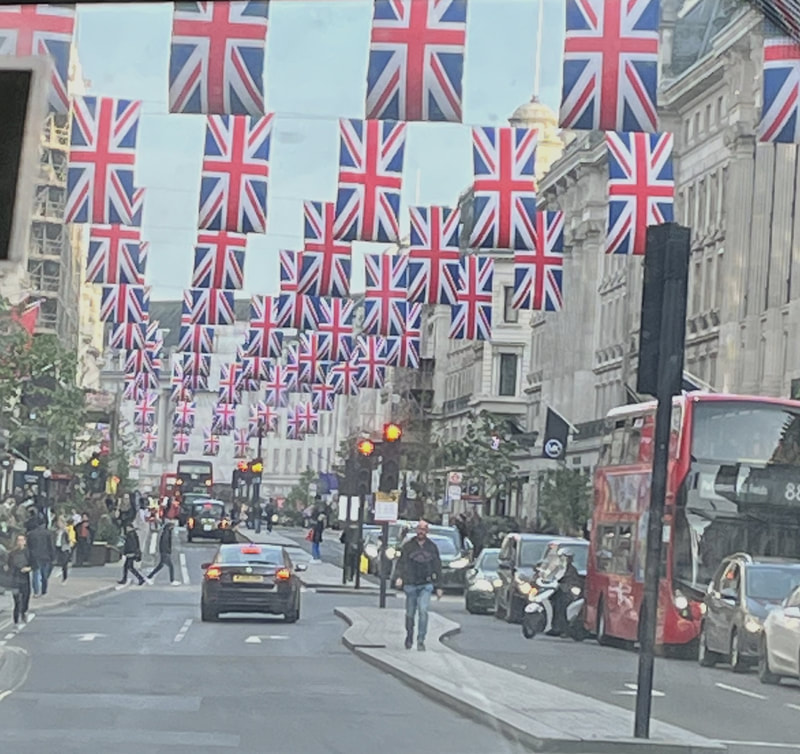
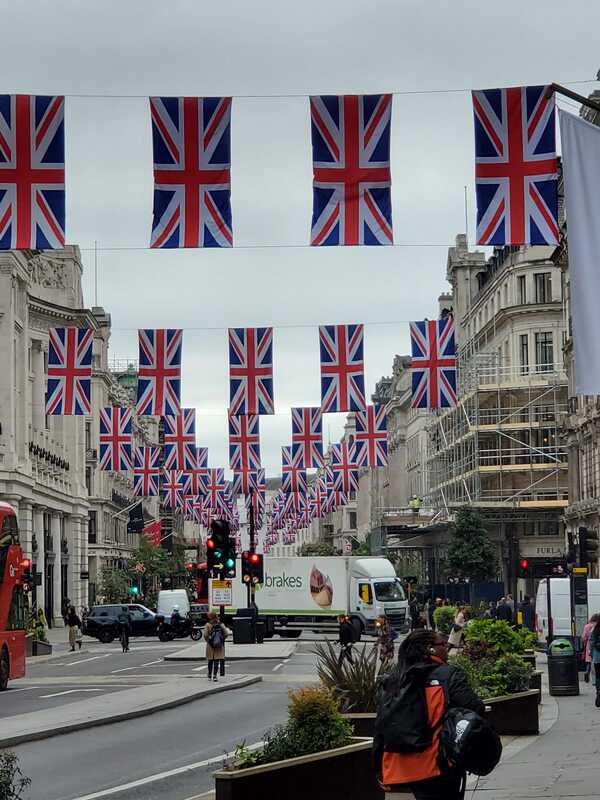
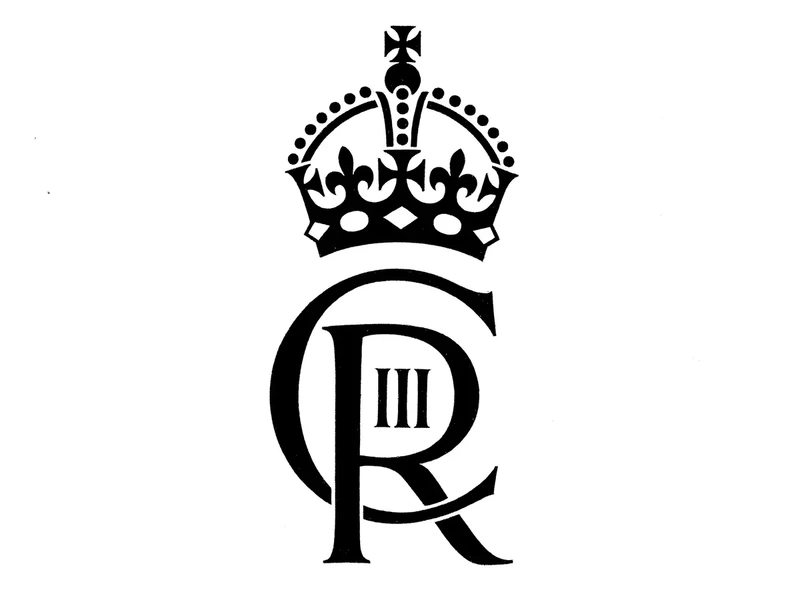
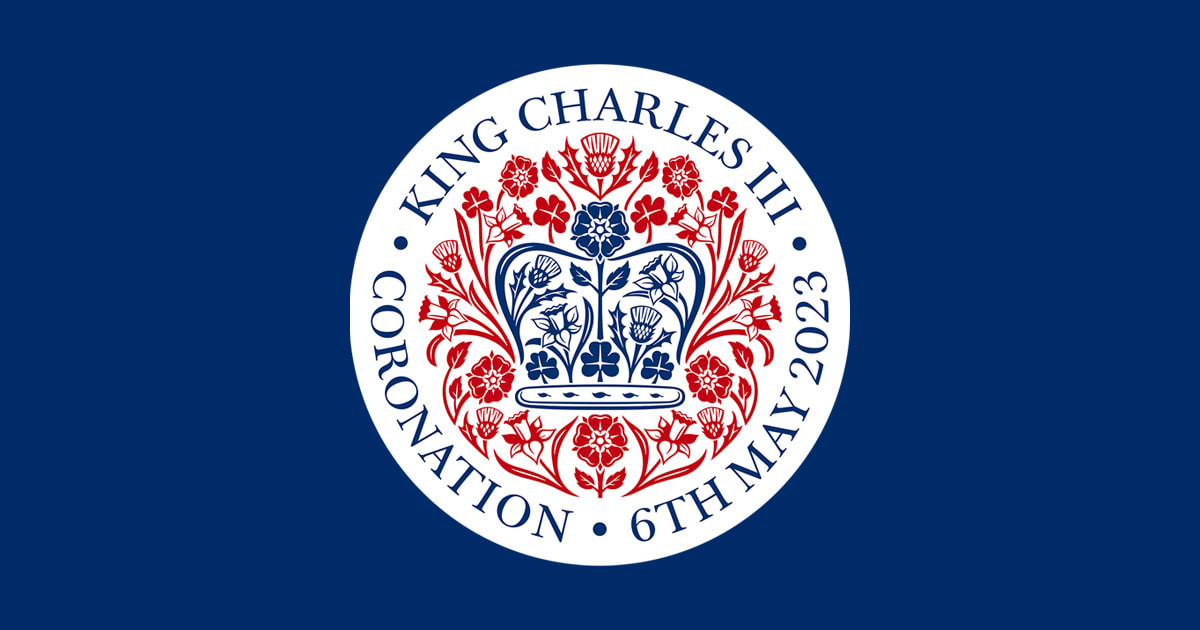
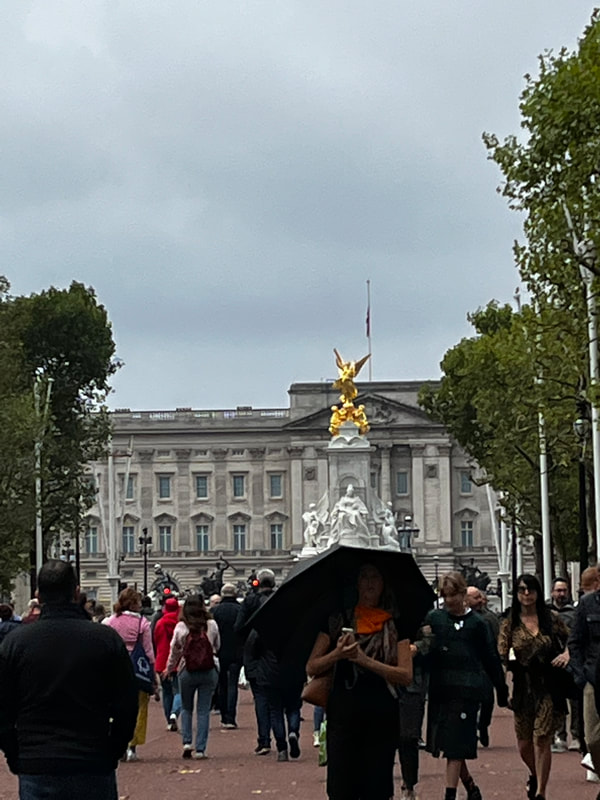
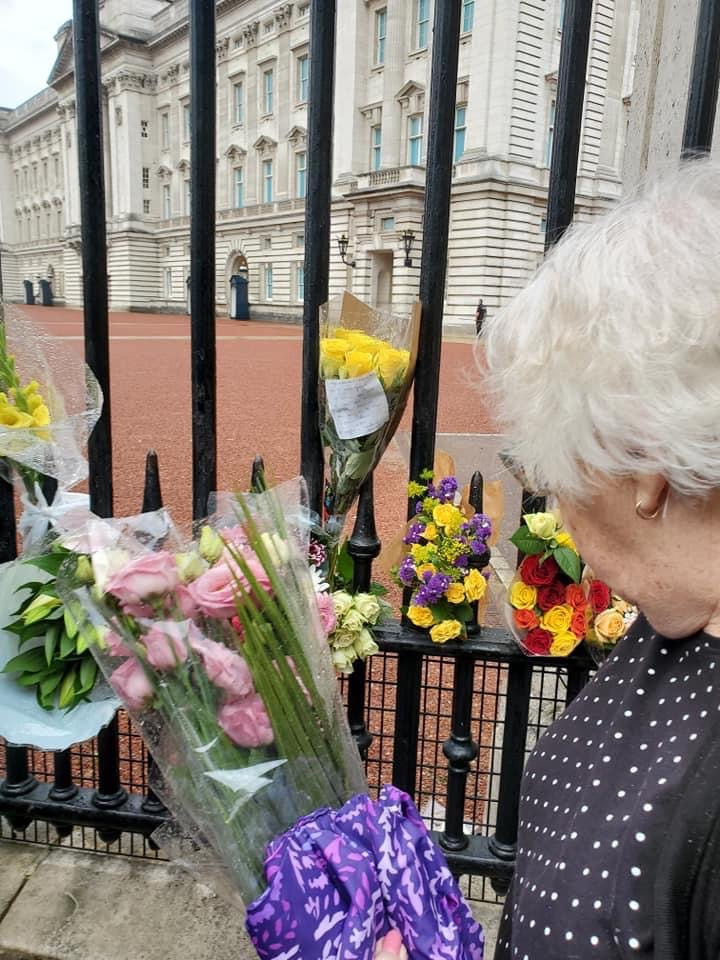
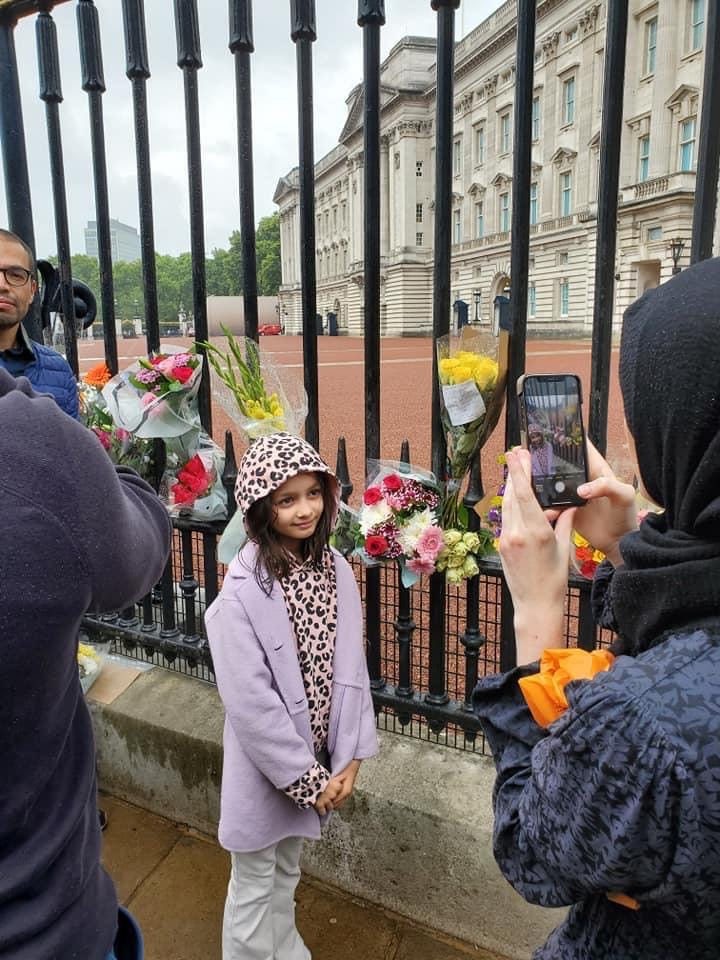
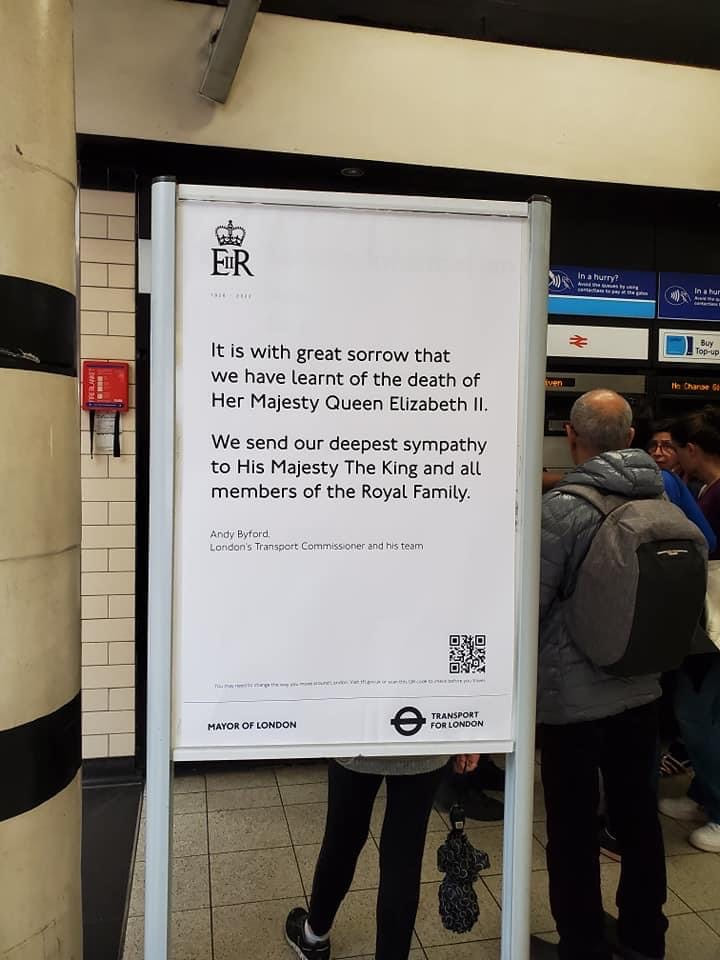
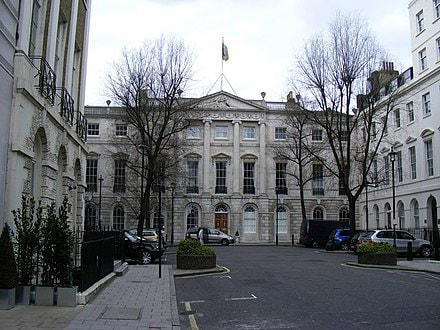
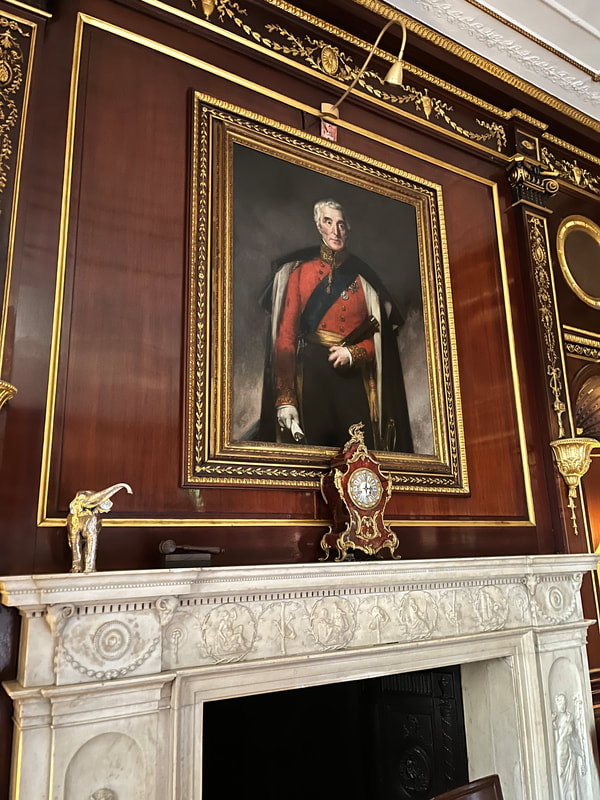
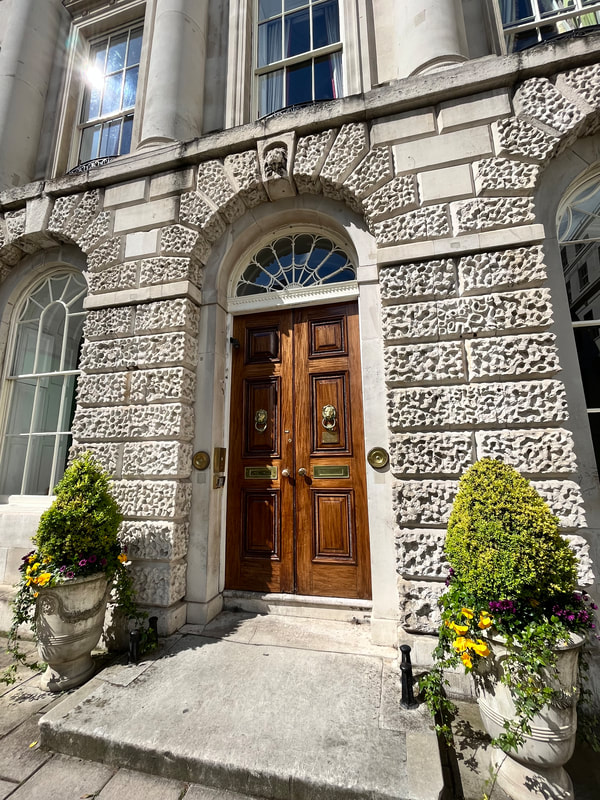
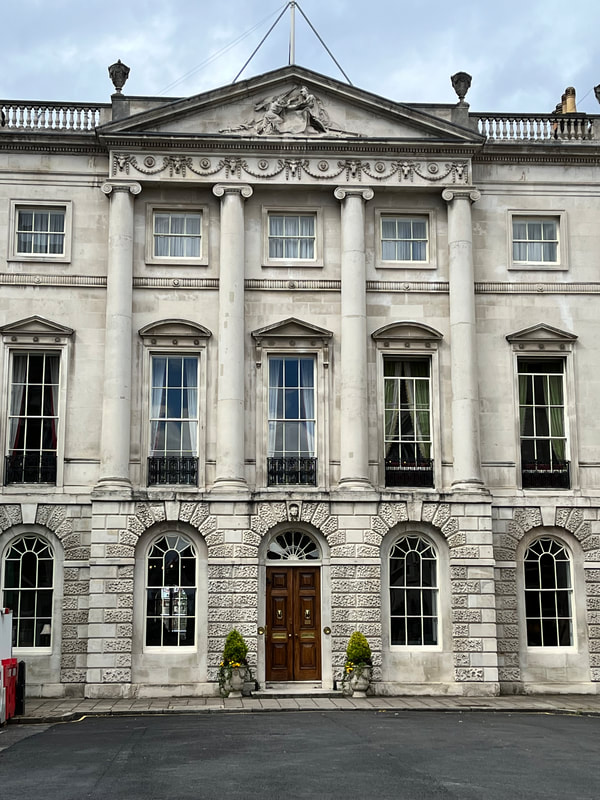
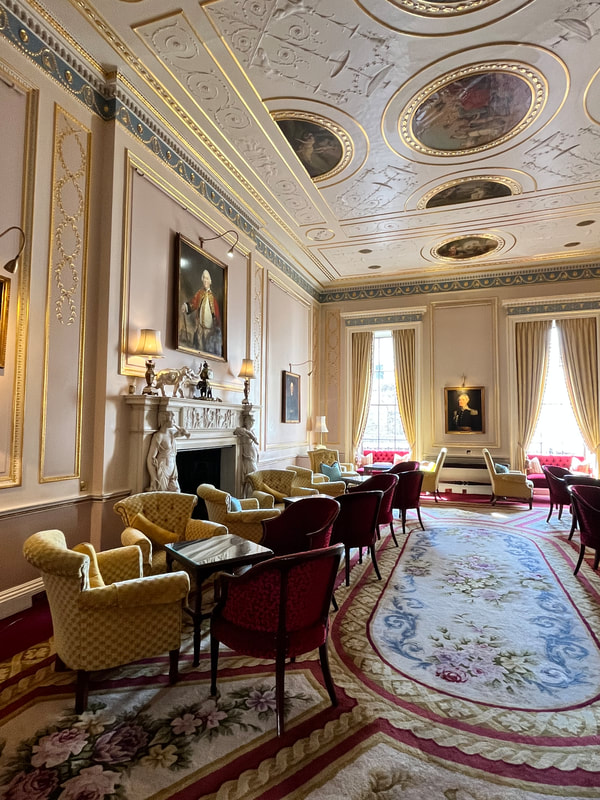
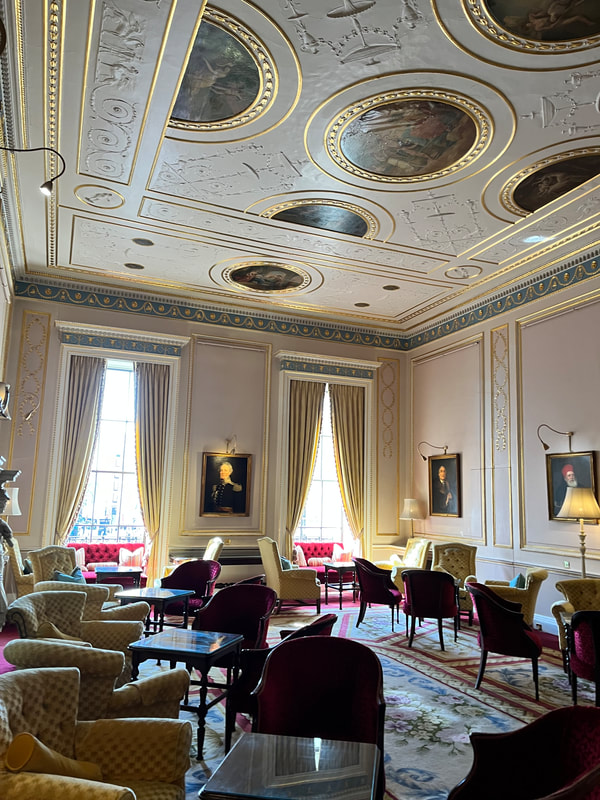
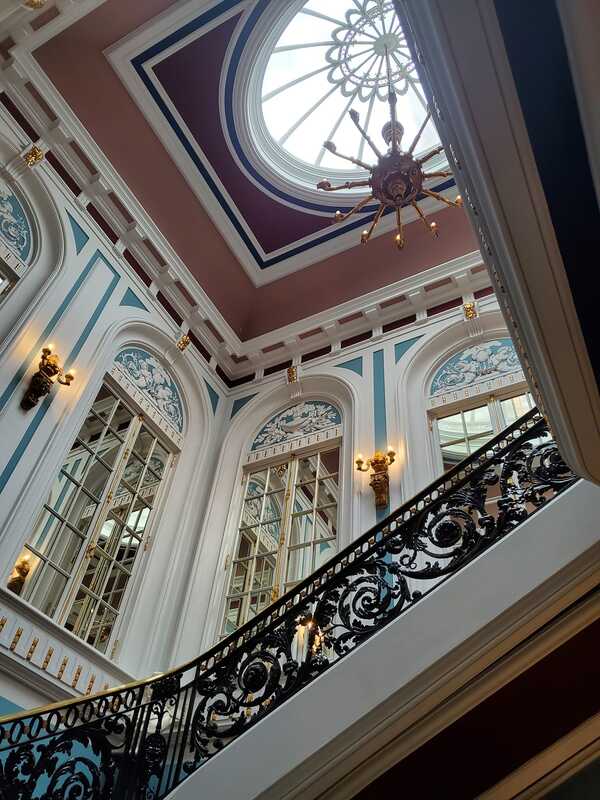
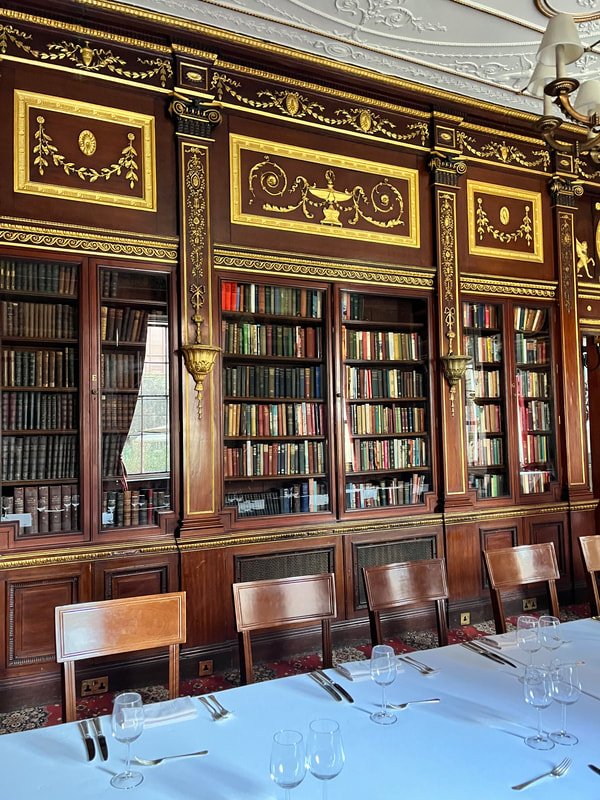
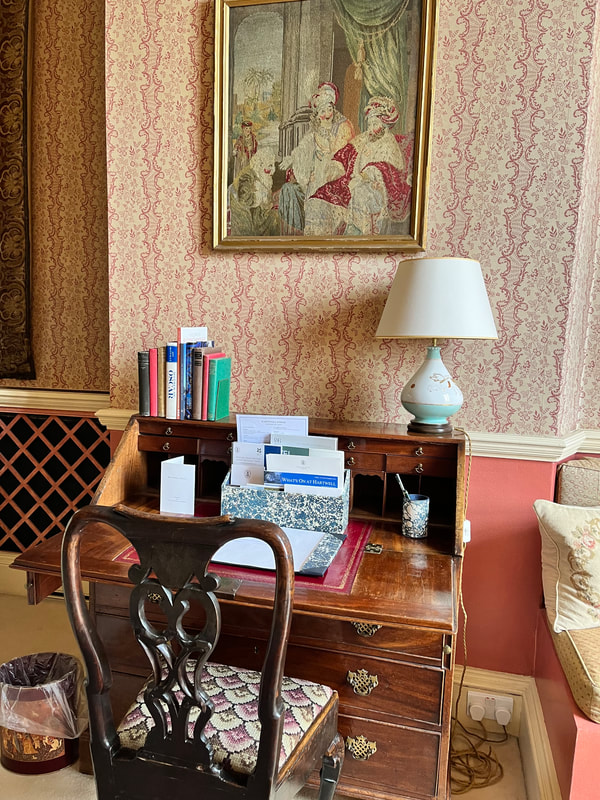
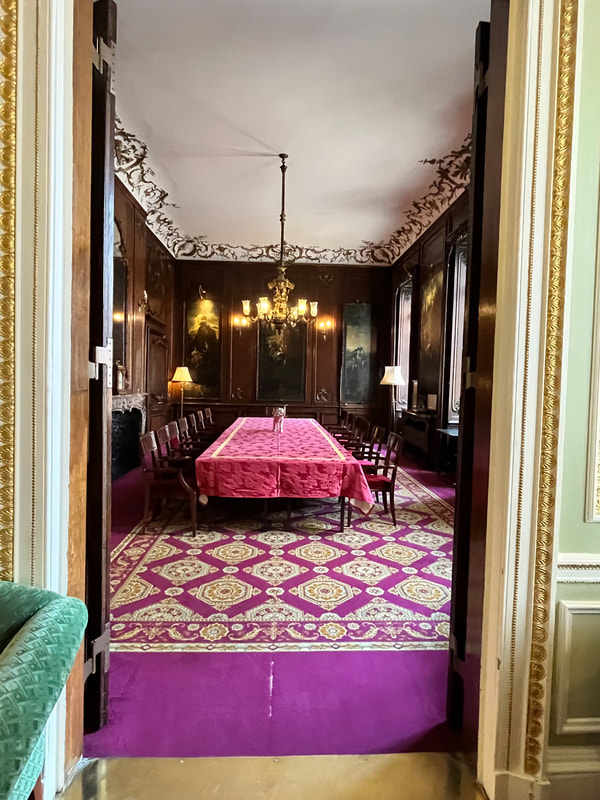
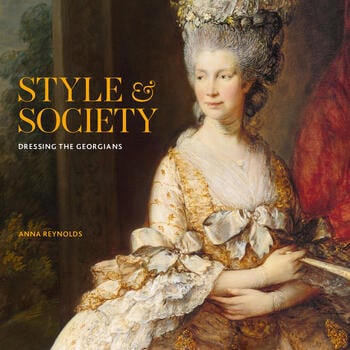
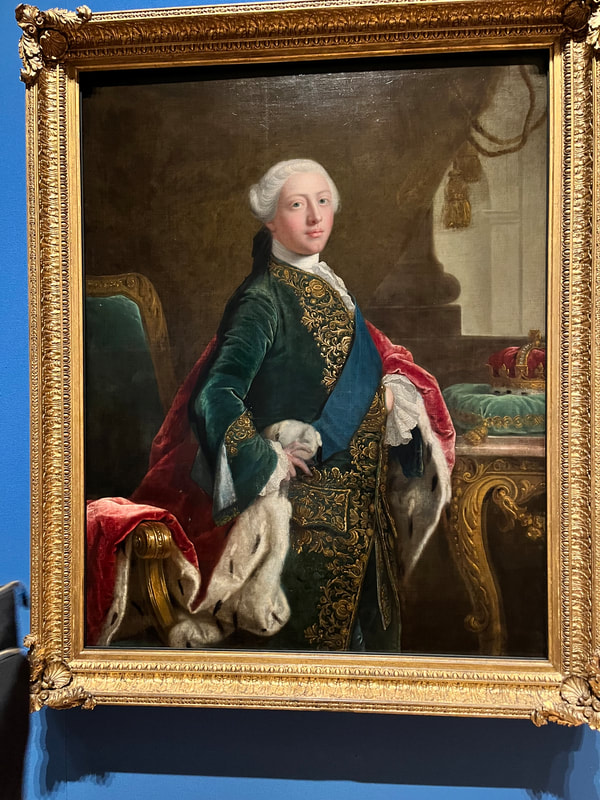
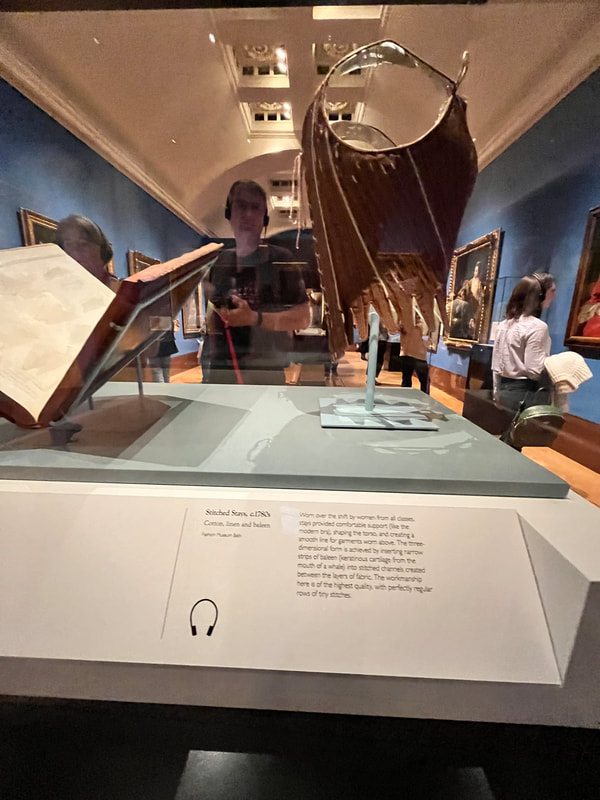
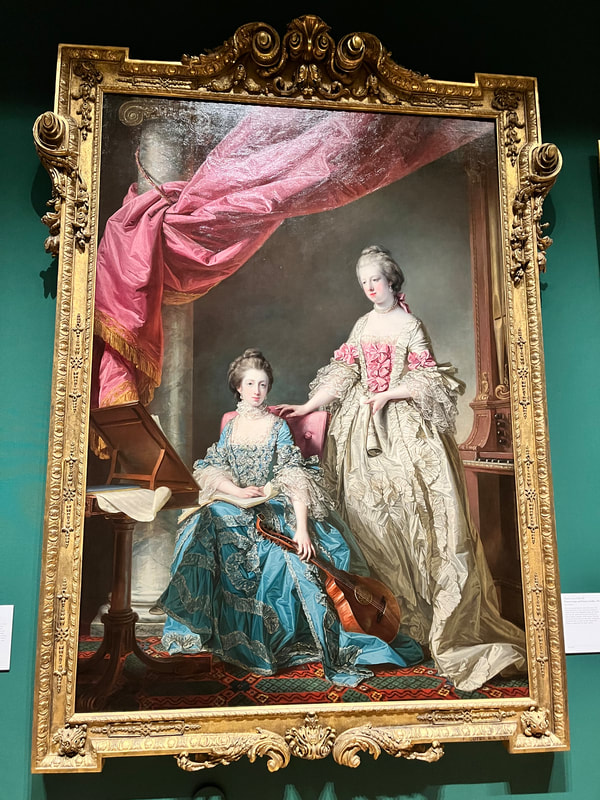
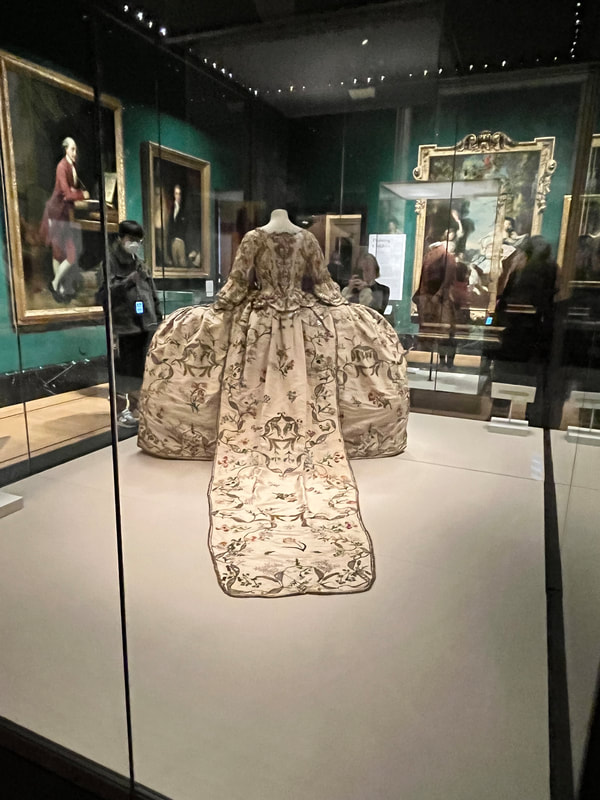
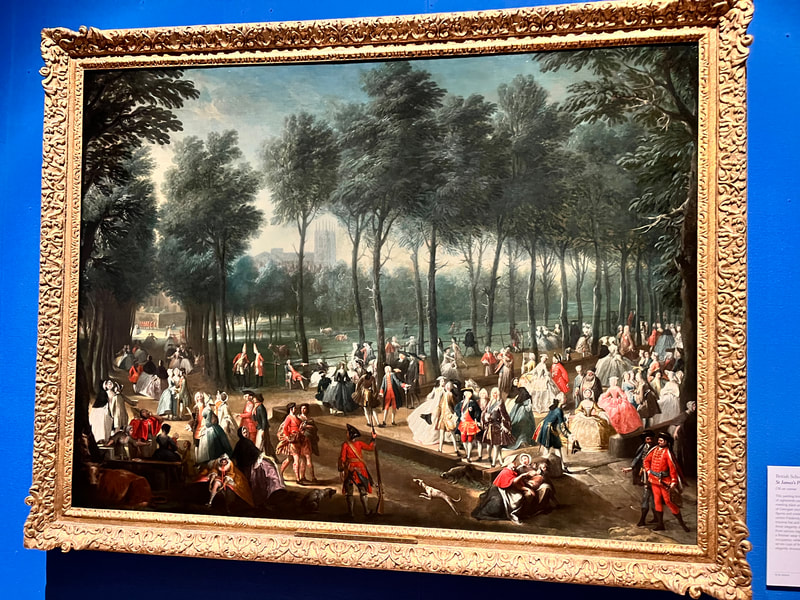
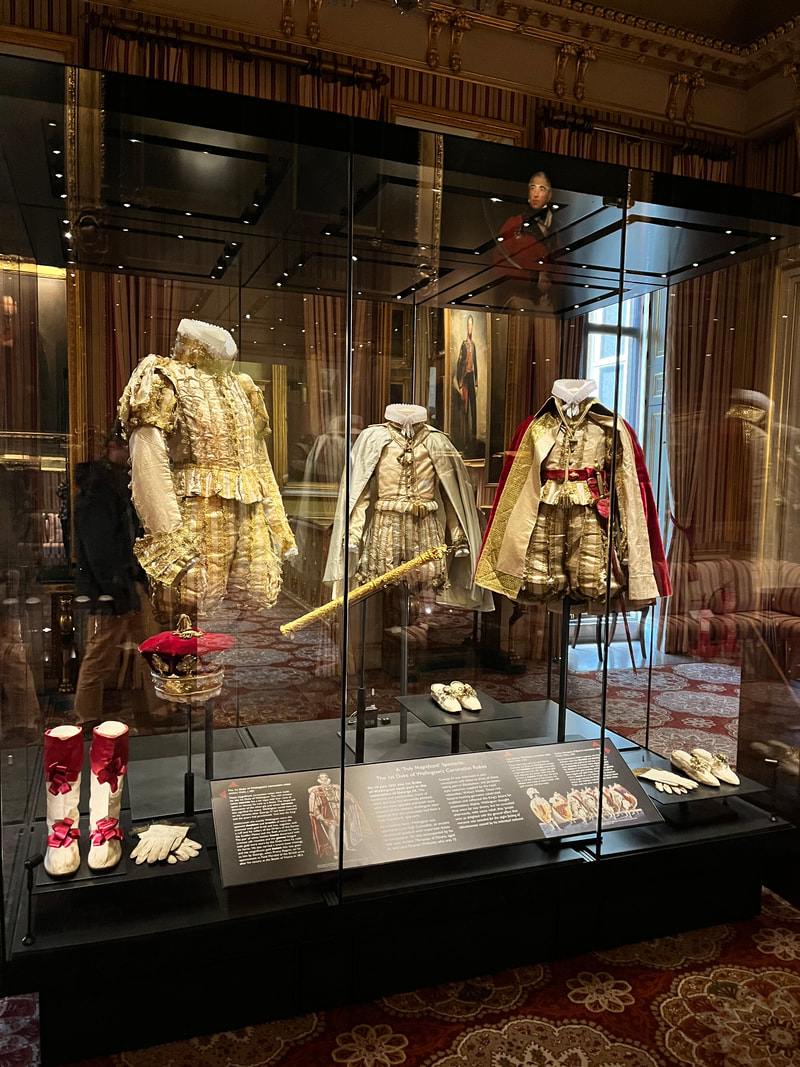

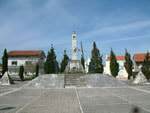
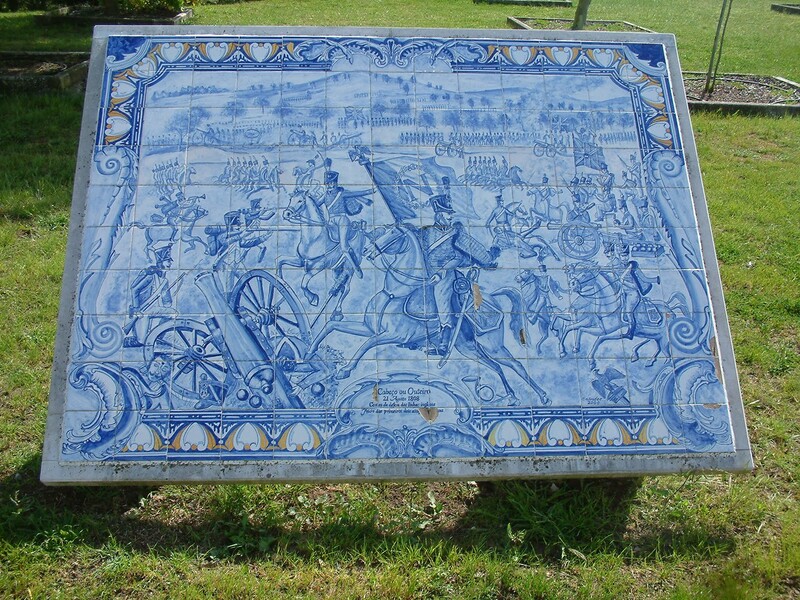
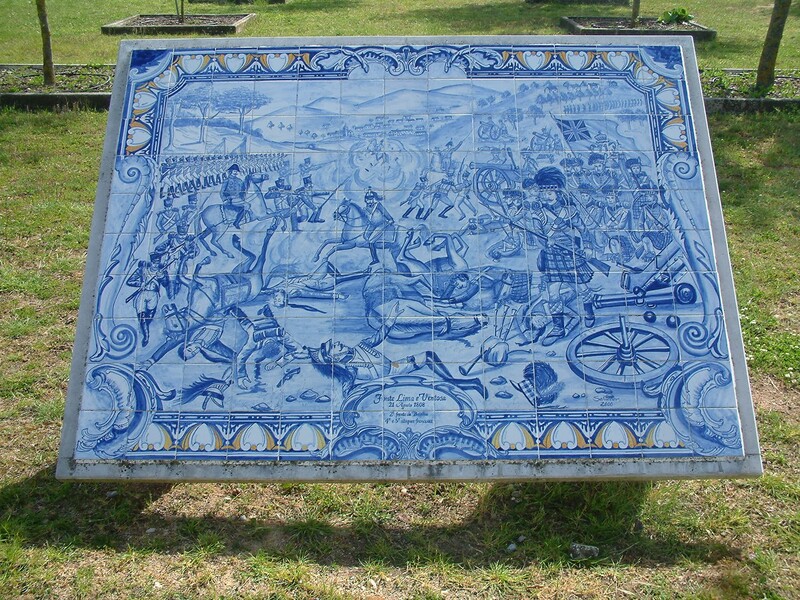
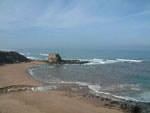
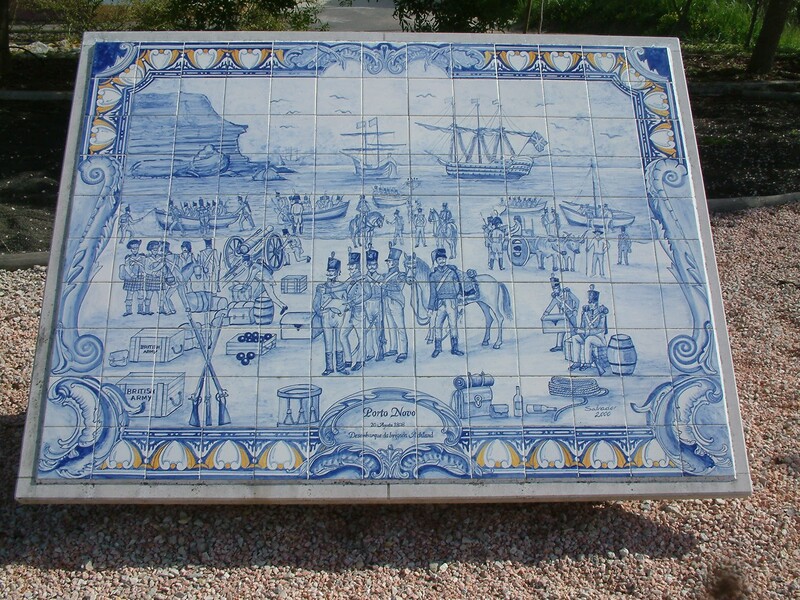
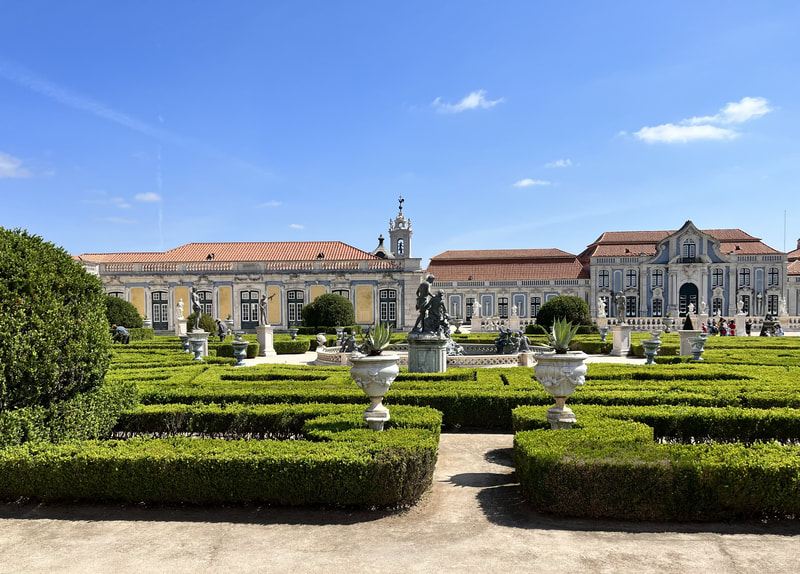
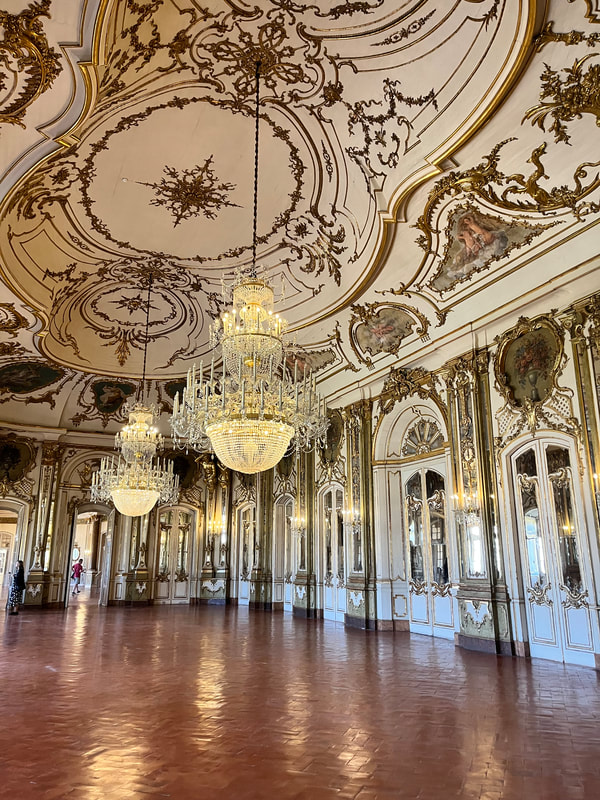
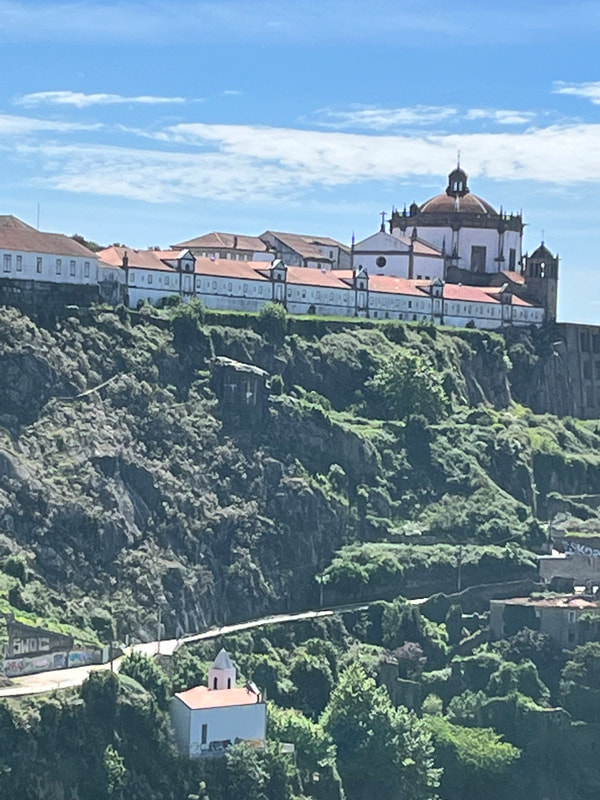
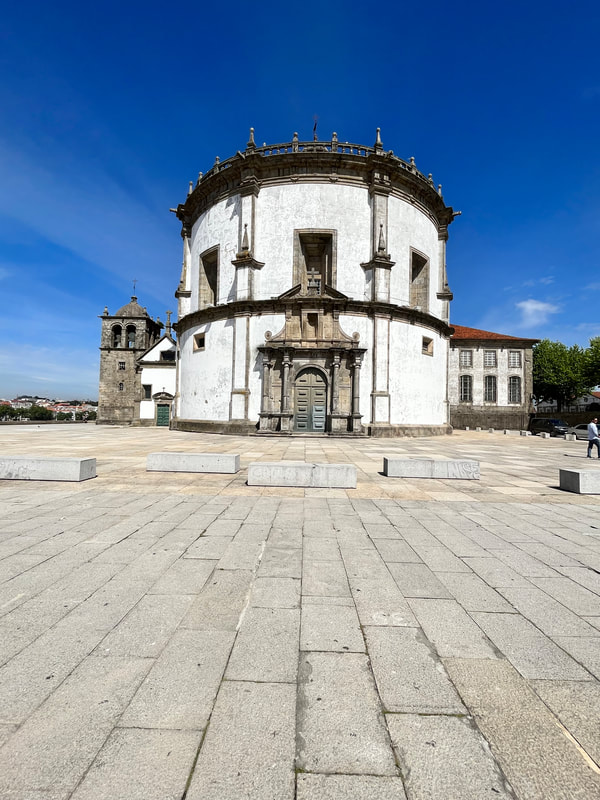
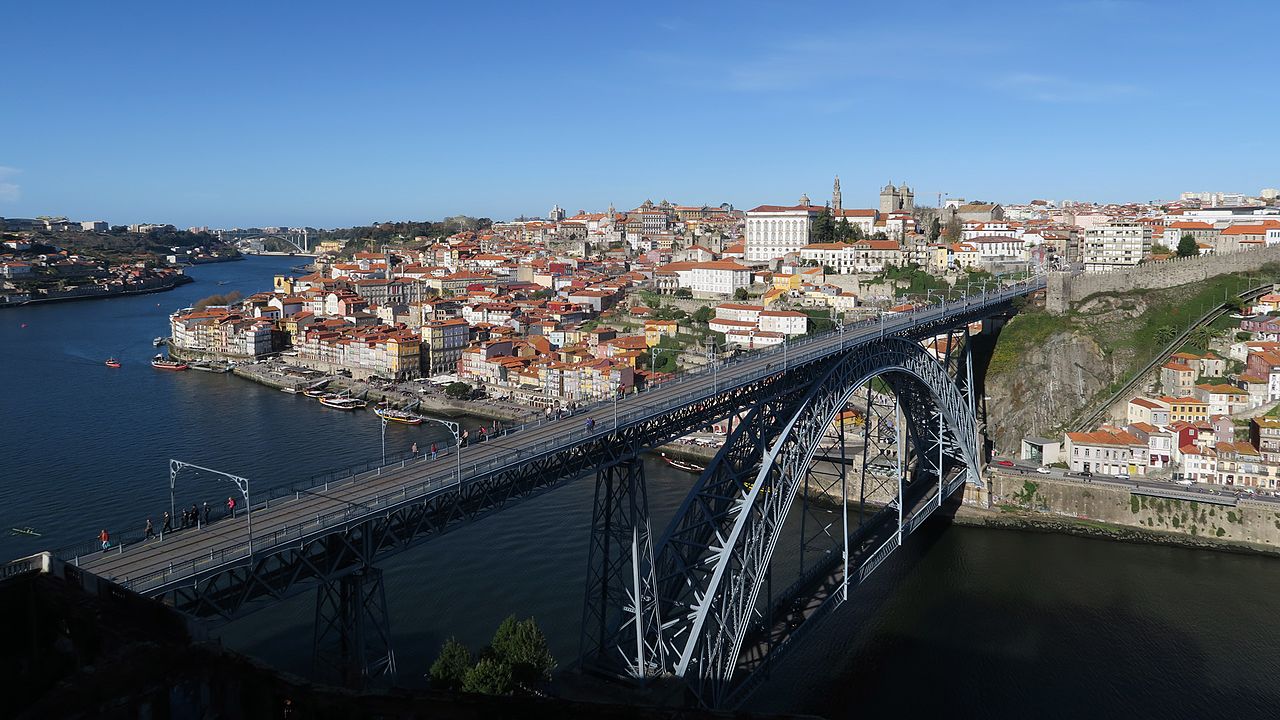
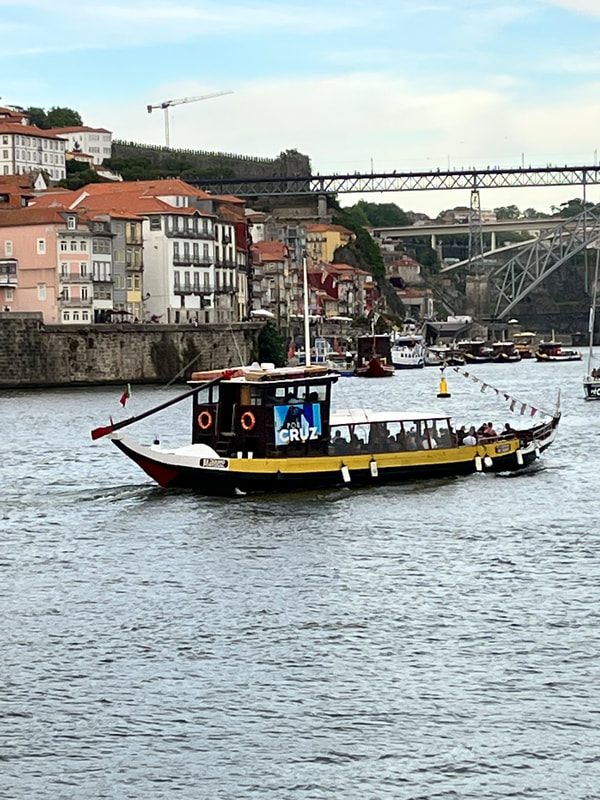
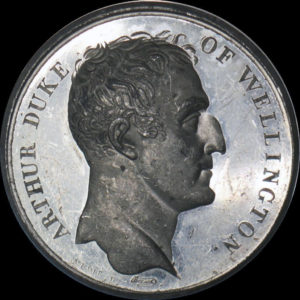
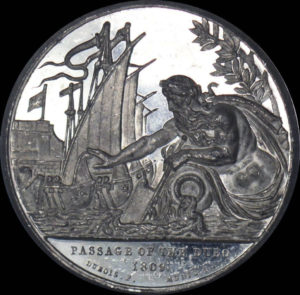

 RSS Feed
RSS Feed